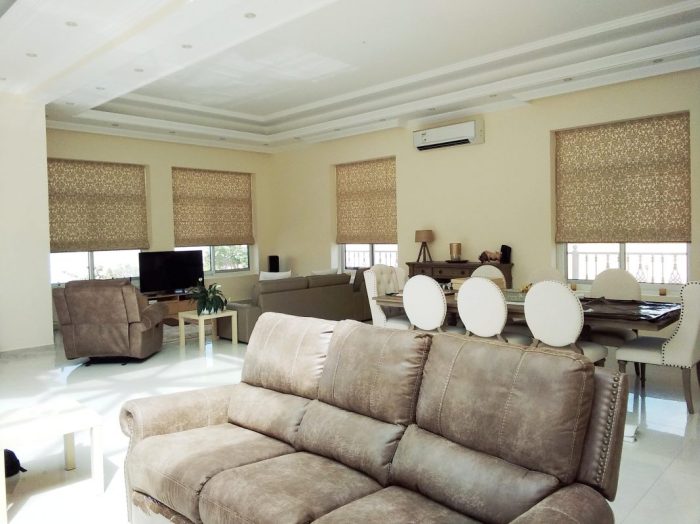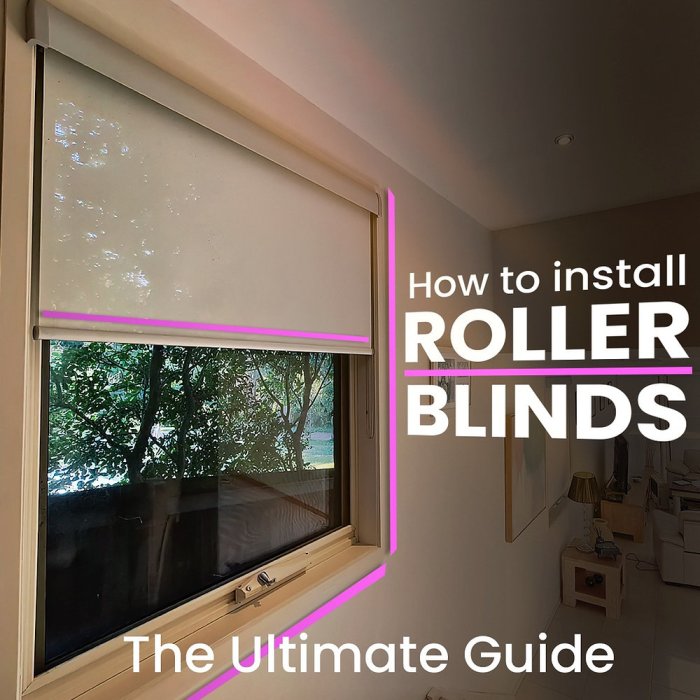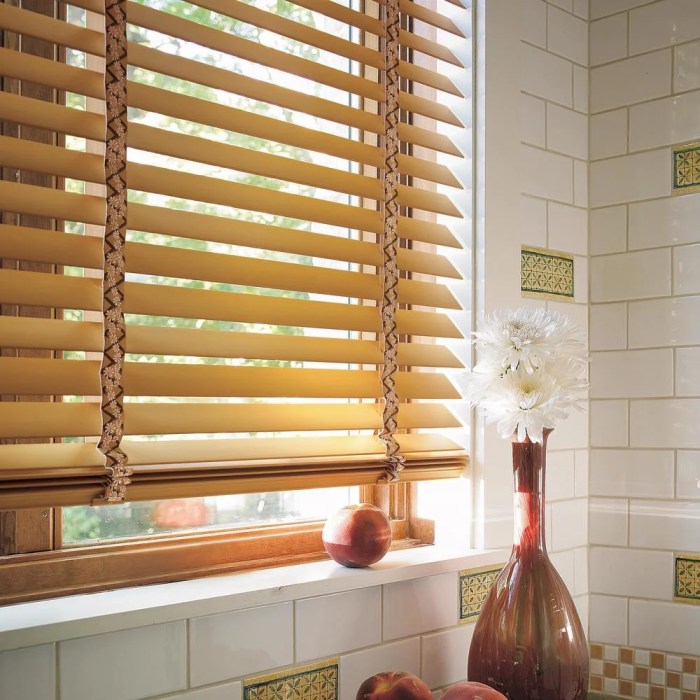How to decorate windows with blinds – Decorating windows with blinds can be a transformative experience that not only enhances the aesthetic appeal of a room but also adds functionality and practicality. Blinds offer a versatile way to control light, privacy, and temperature in a space, making them a popular choice for many homeowners looking to upgrade their window treatments. In this comprehensive guide, we will explore tips and tricks for decorating windows with blinds to create a stylish and functional living space.
Understanding the Basics of Blinds
Blinds are window coverings made up of slats or vanes that can be adjusted to control the amount of light and privacy in a room. They come in a variety of materials, including wood, faux wood, aluminum, and fabric, each offering unique benefits and aesthetics. Choosing the right type of blinds for your space will depend on factors such as your style preferences, budget, and the amount of light control you desire.
Tips for Choosing the Right Blinds
When selecting blinds for your windows, consider the following tips to ensure you make the best choice for your space:
- Measure your windows accurately to ensure a proper fit.
- Consider the amount of light control you need in each room.
- Choose a material that complements your existing decor and furniture.
- Think about the level of privacy you require in each room.
- Determine your budget before shopping for blinds to avoid overspending.
What You Need to Know About Installing Blinds, How to decorate windows with blinds
Installing blinds can be a straightforward process if you follow the manufacturer’s instructions carefully. Most blinds come with all the necessary hardware for installation, including brackets, screws, and a valance. If you’re unsure about how to install your blinds, consider hiring a professional to ensure they are hung correctly and securely.
Solution for Common Blind Decorating Challenges

One common challenge when decorating windows with blinds is choosing the right color and style to complement your existing decor. To overcome this challenge, consider selecting neutral-colored blinds that will blend seamlessly with any color scheme. Additionally, adding curtains or drapes can soften the look of blinds and add a touch of elegance to your windows.
Detailed Information on Blind Types

There are several types of blinds to choose from, each offering unique benefits and aesthetics. Here are some of the most popular types of blinds:
Venetian blinds
These blinds feature horizontal slats that can be tilted to control light and privacy.
When it comes to decorating the space between windows, there are plenty of creative ideas you can explore. From hanging plants to installing a window seat, the options are endless. To get some inspiration on how to make the most of this area in your home, check out this helpful guide on how to decorate space between windows.
Vertical blinds
Vertical blinds are ideal for large windows or sliding glass doors and can be adjusted to control the flow of light.
Roman shades
Roman shades are fabric blinds that fold up neatly when raised, creating a clean and tailored look.
Cellular shades
Cellular shades are designed to insulate windows and regulate temperature, making them an energy-efficient option.
In-Depth Description of Blind Materials

Blinds come in a variety of materials, each offering unique benefits and aesthetics. Here are some of the most common materials used in blinds:
Wood
Wood blinds add warmth and natural beauty to a space and are a durable option for high-traffic areas.
Faux wood
Faux wood blinds are a cost-effective alternative to real wood blinds and are moisture-resistant, making them ideal for kitchens and bathrooms.
Aluminum
Aluminum blinds are lightweight and easy to clean, making them a practical choice for modern spaces.
Fabric
Fabric blinds come in a variety of colors and patterns, adding a soft and elegant touch to windows.
Conclusion
Decorating windows with blinds is a simple yet effective way to enhance the beauty and functionality of a room. By following the tips and guidelines Artikeld in this guide, you can create a stylish and practical living space that reflects your personal style and preferences. Whether you choose wood, aluminum, or fabric blinds, the key is to select window treatments that complement your existing decor and meet your light and privacy needs.
Frequently Asked Questions: How To Decorate Windows With Blinds
Can I install blinds myself, or should I hire a professional?
It is possible to install blinds yourself if you are comfortable with basic tools and following instructions. However, if you are unsure or have complex window configurations, it may be best to hire a professional for installation.
How do I clean and maintain my blinds?
The cleaning and maintenance requirements for blinds will vary depending on the material. Generally, you can dust wood and faux wood blinds with a microfiber cloth or vacuum attachment, while aluminum and fabric blinds can be wiped down with a damp cloth.
When it comes to decorating the space between windows, there are plenty of creative ideas to consider. From installing floating shelves to hanging plants or artwork, the options are endless. For more inspiration on how to decorate the space between windows, check out this helpful guide on how to decorate space between windows.
Are blinds a good option for controlling light and privacy in a room?
Yes, blinds are an excellent choice for controlling light and privacy in a room. With adjustable slats or vanes, you can easily regulate the amount of light entering a space and adjust the level of privacy as needed.
Can I use blinds in conjunction with curtains or drapes?
Yes, blinds can be paired with curtains or drapes to create a layered window treatment that adds depth and texture to a room. Curtains can soften the look of blinds and add a decorative touch to windows.
What are the benefits of installing cellular shades?
Cellular shades are designed to insulate windows and regulate temperature, making them an energy-efficient option for homeowners. By trapping air in their honeycomb-shaped cells, cellular shades can help reduce heat loss in the winter and heat gain in the summer.